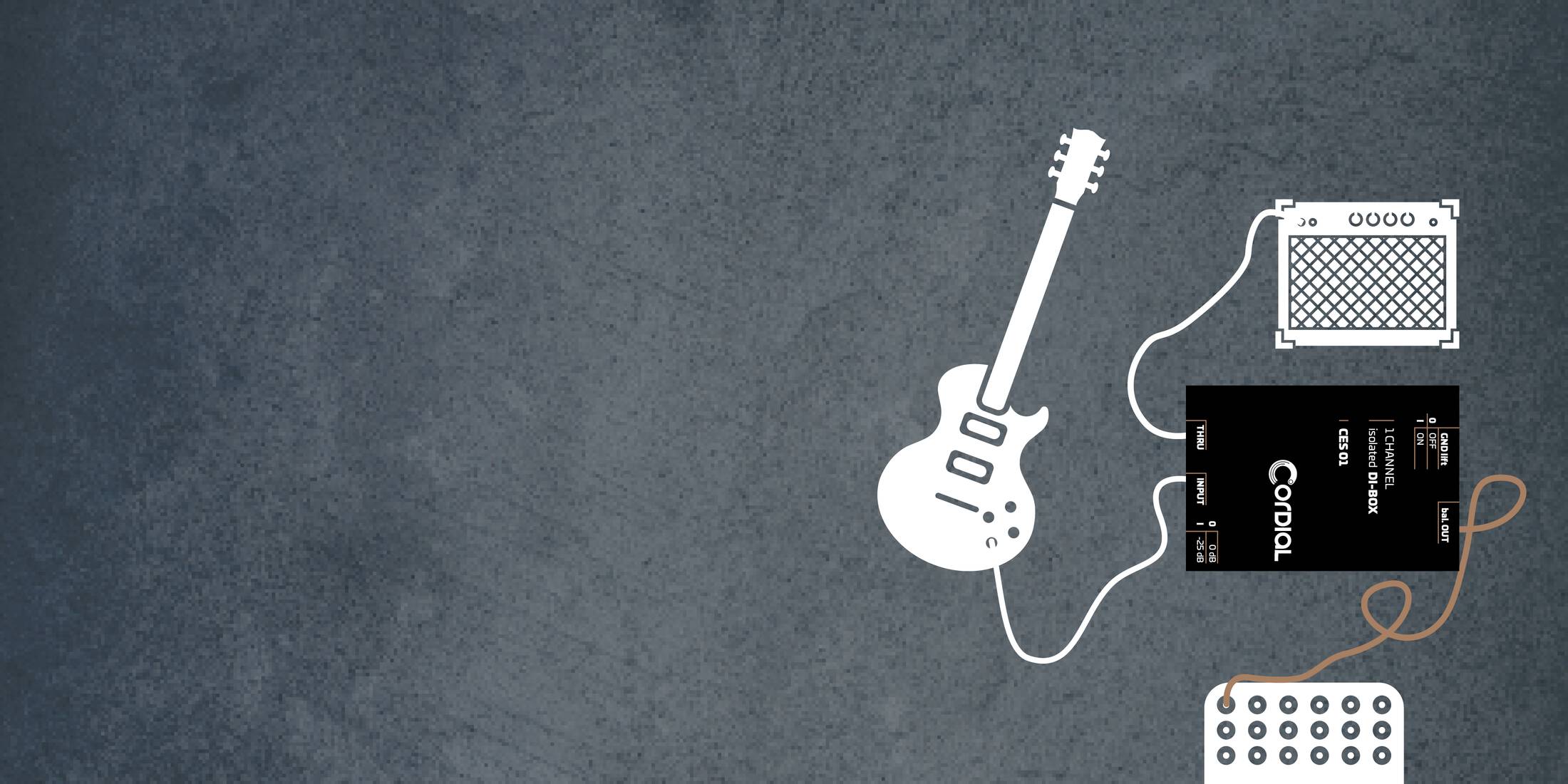DI boxes are commonly used to connect electrical instruments with unbalanced outputs (e.g. keyboards) to balanced inputs such as in mixing consoles. This is commonly termed "balancing": the unbalanced signal is converted into a balanced signal by means of this tool. Especially in case of having to bridge longer signal paths in live environments, balanced signal routing can be used to reduce interfering external influences such as humming noises.
Another point is that musicians and sound engineers can use DI boxes to convert high-impedance signals deriving from instruments into low-impedance signals to adapt them to the input sensitivity of mixing consoles. The working level of the signal (not too low/not too loud) is improved.
A distinction is made between active and passive DI boxes. Active DI boxes require power, while passive ones do not. An active DI box features a so-called integrated catch-up amplifier, so that there is usually no loss of level. The advantage of passive DI boxes is that they do not need an extra power supply provided by power supply units or batteries, because they work with a transformer.
The sound equipment market offers you a wide range of active and passive DI boxes. Cordial offers 2 different passive versions in its portfolio: the CES 01 (1-channel version) and CES 02 (2-channel version).
So, evidently, DI boxes are indispensable tools for stage setups, in (home) studios and in rehearsal rooms as well.
